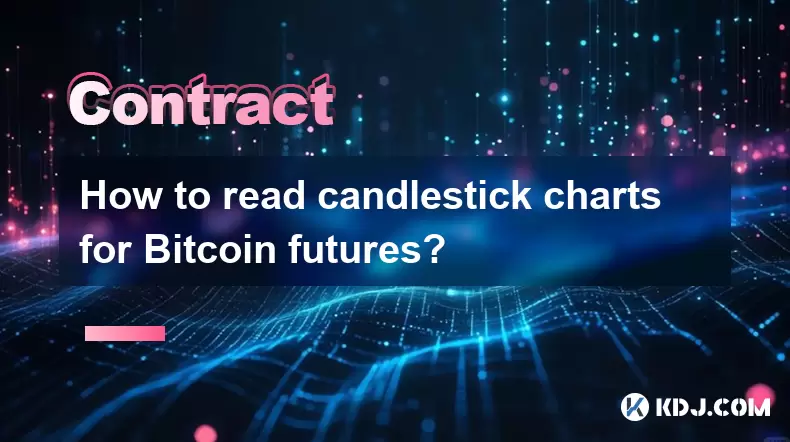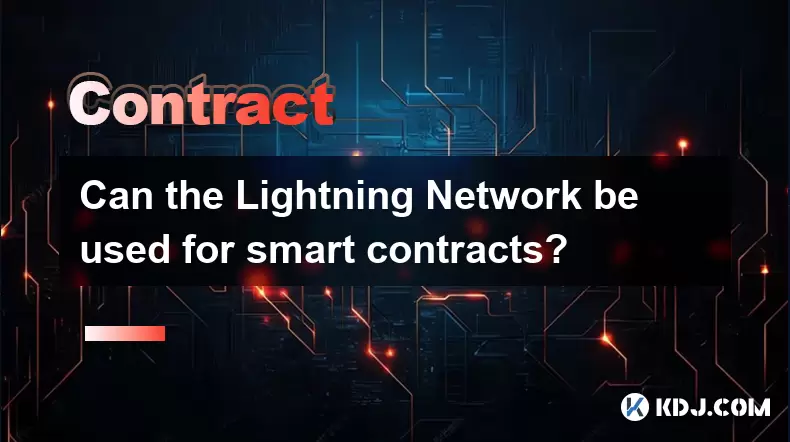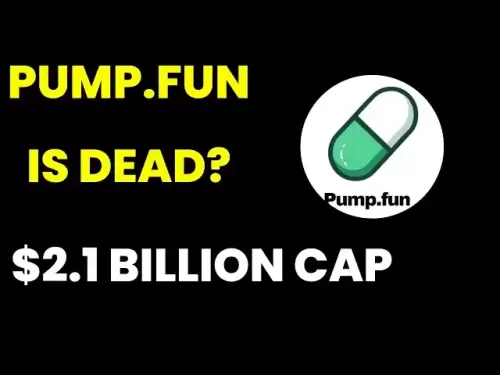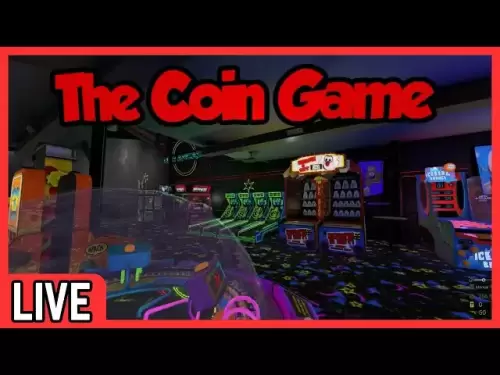-
 Bitcoin
Bitcoin $119,448.2396
0.27% -
 Ethereum
Ethereum $2,992.9919
0.78% -
 XRP
XRP $2.9074
1.58% -
 Tether USDt
Tether USDt $1.0001
0.00% -
 BNB
BNB $687.9097
-0.40% -
 Solana
Solana $161.5804
-0.47% -
 USDC
USDC $0.9998
0.01% -
 Dogecoin
Dogecoin $0.1948
-2.10% -
 TRON
TRON $0.3013
-0.08% -
 Cardano
Cardano $0.7286
-3.16% -
 Hyperliquid
Hyperliquid $47.3153
-3.81% -
 Stellar
Stellar $0.4543
-9.79% -
 Sui
Sui $3.8809
5.63% -
 Chainlink
Chainlink $15.6262
-0.55% -
 Hedera
Hedera $0.2368
-5.31% -
 Bitcoin Cash
Bitcoin Cash $501.2030
-0.80% -
 Avalanche
Avalanche $21.0650
-1.43% -
 UNUS SED LEO
UNUS SED LEO $9.0006
-0.39% -
 Shiba Inu
Shiba Inu $0.0...01310
-1.90% -
 Toncoin
Toncoin $3.0040
1.56% -
 Litecoin
Litecoin $93.8936
-1.20% -
 Monero
Monero $341.8918
1.27% -
 Polkadot
Polkadot $3.9087
-3.05% -
 Uniswap
Uniswap $8.9599
4.78% -
 Dai
Dai $0.9999
0.02% -
 Ethena USDe
Ethena USDe $1.0005
-0.02% -
 Bitget Token
Bitget Token $4.3954
-0.14% -
 Pepe
Pepe $0.0...01207
-2.26% -
 Aave
Aave $314.5223
1.72% -
 Bittensor
Bittensor $408.6988
2.76%
How to read candlestick charts for Bitcoin futures?
Candlestick charts help Bitcoin futures traders analyze price action through open, high, low, and close values, revealing market sentiment and potential reversals.
Jul 15, 2025 at 03:00 am

Understanding the Basics of Candlestick Charts
Candlestick charts are widely used in cryptocurrency trading, especially for Bitcoin futures. Each candlestick represents a specific time interval and shows the open, high, low, and close prices during that period. The body of the candle reflects the range between the opening and closing prices, while the wicks or shadows indicate the highest and lowest points reached.
The color of the candle is also important — typically, green candles represent bullish movement (closing higher than open), and red candles show bearish behavior (closing lower than open). Traders use these visual cues to identify potential price reversals or continuations in Bitcoin futures markets.
Understanding how each candle forms over time allows traders to make informed decisions based on historical price action rather than pure speculation.
Key Components of a Bitcoin Futures Candlestick
Each candlestick consists of four key components: the open price, the high price, the low price, and the close price. In the context of Bitcoin futures, these values help determine whether buyers or sellers dominated during a given time frame.
If the close is above the open, the candle appears green; if it's below, the candle turns red. The length of the wicks can also provide insight into market sentiment — long upper wicks suggest rejection at highs, while long lower wicks indicate strong buying interest after a dip.
These patterns repeat across multiple time frames, making candlesticks an essential tool for analyzing Bitcoin futures contracts traded on platforms like Binance, Bybit, or OKX.
Common Candlestick Patterns in Bitcoin Futures Trading
Several candlestick patterns are particularly useful when analyzing Bitcoin futures. Among them are the doji, hammer, engulfing pattern, and shooting star. These formations often signal potential trend reversals or continuation moves.
A doji, for instance, occurs when the open and close are nearly equal, suggesting indecision in the market. A hammer forming after a downtrend indicates potential bullish reversal strength. Conversely, a shooting star appearing after an uptrend may warn of a possible bearish shift.
Recognizing these patterns in real-time can significantly enhance your ability to anticipate short-term price movements in Bitcoin futures contracts.
How to Interpret Time Intervals in Candlestick Charts
Bitcoin futures traders often switch between different time intervals to gain better insights into market behavior. Shorter intervals like 5-minute or 15-minute charts allow for detailed analysis of intraday movements, while longer intervals such as 4-hour or daily charts offer broader trend perspectives.
It’s crucial to understand that what might appear as a strong bullish engulfing pattern on a 15-minute chart could be part of a larger consolidation phase on a daily chart. Therefore, cross-referencing multiple time frames helps filter out false signals and improves decision-making accuracy.
Traders commonly use multi-timeframe analysis to confirm entry and exit points in Bitcoin futures trading strategies.
Using Volume with Candlestick Charts for Better Accuracy
Volume plays a vital role in validating candlestick patterns observed in Bitcoin futures charts. A candle showing a bullish reversal pattern becomes more significant if accompanied by a spike in volume, indicating stronger participation from buyers.
Conversely, if a candlestick pattern forms with low volume, it may not carry enough conviction to drive substantial price movement. Many traders overlay volume indicators beneath their candlestick charts to spot discrepancies or confirmations.
For example, if a candle closes higher but volume is declining, it could signal weakening momentum despite the positive close. Integrating volume data with candlestick analysis enhances the reliability of trade setups in Bitcoin futures markets.
Frequently Asked Questions
Q: Can candlestick patterns be applied to all types of Bitcoin derivatives?
Yes, candlestick patterns apply to all Bitcoin derivatives, including perpetual swaps, quarterly futures, and options. The underlying price action remains consistent across instruments, though liquidity differences may affect pattern reliability.
Q: Are candlestick charts reliable for high-frequency Bitcoin futures trading?
Candlestick charts can be effective for high-frequency trading if combined with volume and order flow analysis. However, due to rapid price fluctuations, shorter time frames require tighter risk management and faster execution tools.
Q: Do candlestick patterns work equally well in both trending and ranging Bitcoin futures markets?
Candlestick patterns behave differently in trending versus ranging environments. Reversal patterns tend to be more accurate at support/resistance levels in ranging markets, while continuation patterns perform better within established trends.
Q: Should I rely solely on candlestick charts for Bitcoin futures trading decisions?
No single indicator should be used in isolation. Combining candlestick analysis with other tools like moving averages, RSI, or Fibonacci retracements increases the probability of successful trades in Bitcoin futures markets.
Disclaimer:info@kdj.com
The information provided is not trading advice. kdj.com does not assume any responsibility for any investments made based on the information provided in this article. Cryptocurrencies are highly volatile and it is highly recommended that you invest with caution after thorough research!
If you believe that the content used on this website infringes your copyright, please contact us immediately (info@kdj.com) and we will delete it promptly.
- BDAG X1 App Skyrockets, SHIB Rebounds, and XMR Holds Strong: What's Happening?
- 2025-07-15 07:10:12
- Ruvi AI: The Audited Token Set to Outshine Ethereum with Massive Gains?
- 2025-07-15 06:50:12
- DeFi Token with 10X Potential: Mutuum Finance and the Year-End Opportunity
- 2025-07-15 06:50:12
- Bitcoin's Wild Ride: $120K Surge, Crypto Bill Buzz, and What It All Means
- 2025-07-15 07:10:12
- XRP's Cup and Handle: Millionaire Target in Sight?
- 2025-07-15 07:50:12
- Bitcoin Blasts Past $186,000: A New Milestone or Just the Beginning?
- 2025-07-15 08:10:12
Related knowledge

How to backtest a Bitcoin futures trading strategy?
Jul 15,2025 at 11:35am
Understanding Bitcoin Futures TradingBitcoin futures trading involves contracts to buy or sell Bitcoin at a predetermined price and date in the future...

Psychology of trading Bitcoin contracts
Jul 13,2025 at 02:50am
Understanding the Emotional Rollercoaster of Bitcoin Futures TradingBitcoin contract trading, especially in the form of futures, introduces a high lev...

Can the Lightning Network be used for smart contracts?
Jul 14,2025 at 11:28pm
Understanding the Lightning Network's Core FunctionalityThe Lightning Network is a second-layer solution built on top of blockchain protocols like Bit...

Best time of day to trade Bitcoin contracts?
Jul 13,2025 at 05:29am
Understanding Bitcoin Contracts and Their VolatilityBitcoin contracts, particularly futures contracts, are derivative instruments that allow traders t...

How to read candlestick charts for Bitcoin futures?
Jul 15,2025 at 03:00am
Understanding the Basics of Candlestick ChartsCandlestick charts are widely used in cryptocurrency trading, especially for Bitcoin futures. Each candl...

How to use Fibonacci levels in Bitcoin contract trading?
Jul 13,2025 at 08:07am
Understanding Fibonacci Levels in TradingFibonacci levels are a technical analysis tool used by traders to identify potential support and resistance z...

How to backtest a Bitcoin futures trading strategy?
Jul 15,2025 at 11:35am
Understanding Bitcoin Futures TradingBitcoin futures trading involves contracts to buy or sell Bitcoin at a predetermined price and date in the future...

Psychology of trading Bitcoin contracts
Jul 13,2025 at 02:50am
Understanding the Emotional Rollercoaster of Bitcoin Futures TradingBitcoin contract trading, especially in the form of futures, introduces a high lev...

Can the Lightning Network be used for smart contracts?
Jul 14,2025 at 11:28pm
Understanding the Lightning Network's Core FunctionalityThe Lightning Network is a second-layer solution built on top of blockchain protocols like Bit...

Best time of day to trade Bitcoin contracts?
Jul 13,2025 at 05:29am
Understanding Bitcoin Contracts and Their VolatilityBitcoin contracts, particularly futures contracts, are derivative instruments that allow traders t...

How to read candlestick charts for Bitcoin futures?
Jul 15,2025 at 03:00am
Understanding the Basics of Candlestick ChartsCandlestick charts are widely used in cryptocurrency trading, especially for Bitcoin futures. Each candl...

How to use Fibonacci levels in Bitcoin contract trading?
Jul 13,2025 at 08:07am
Understanding Fibonacci Levels in TradingFibonacci levels are a technical analysis tool used by traders to identify potential support and resistance z...
See all articles

























































































